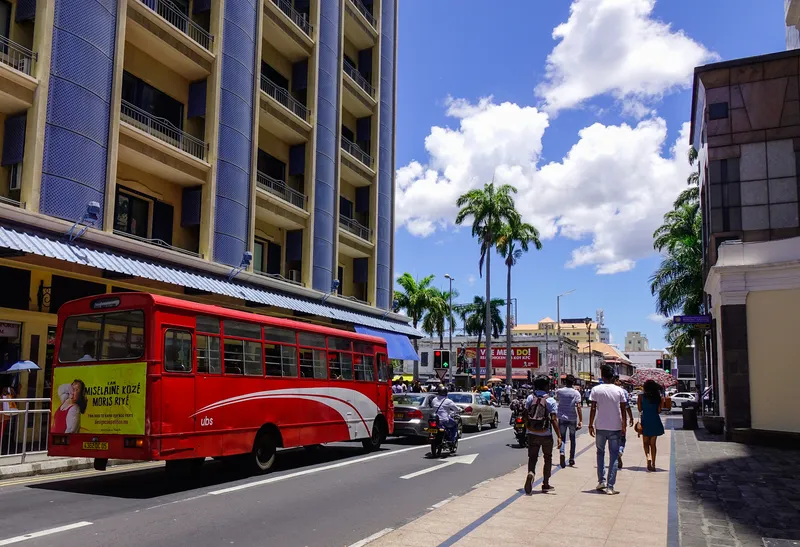Champaign-Urbana Mass Transit District (CUMTD) has increased security and operational efficiency with a new 10-screen transportation control room at its recently-built headquarters building. The authority created a new safety and security system and images from any of the 300 cameras can be displayed on the new video wall which made up from 10 of Christie’s latest 55inch LCD screens. The cameras are installed at the busiest bus stops, at the Illinois Terminal Transfer Facility and in CUMTD’s maintenance and
June 26, 2014
Read time: 2 mins
Champaign-Urbana Mass Transit District (CUMTD) has increased security and operational efficiency with a new 10-screen transportation control room at its recently-built headquarters building.
The authority created a new safety and security system and images from any of the 300 cameras can be displayed on the new video wall which made up from 10 of7336 Christie’s latest 55inch LCD screens. The cameras are installed at the busiest bus stops, at the Illinois Terminal Transfer Facility and in CUMTD’s maintenance and administration facilities.
According to Christie, its HD resolution, ultra-narrow bezel FHD551-X LCD flat panels LCD screens were selected for their bright, high-resolution images, energy efficiency and durability. Arranged in a 5x2 video wall they display GPS information showing bus locations, live weather reports and television news as well as the video feeds from the stops along the routes.
Beyond providing security for passengers and CUMTD employees, the live video feeds also mean the bus dispatchers can monitor activity at the stops and dispatch additional buses if required.
The dispatchers are very positive about the video wall saying the bigger screens make the information easier to see, the feeds come in faster and the data is easier to use which is helping reduce response times and ease administrative duties.
As the centre is open 24/7 but the LCD panels are rated for use 20 hours per day, in quite periods CUMTD switches off the top five screens for four hours and then reverses the procedure to rest the bottom five screens.
The authority created a new safety and security system and images from any of the 300 cameras can be displayed on the new video wall which made up from 10 of
According to Christie, its HD resolution, ultra-narrow bezel FHD551-X LCD flat panels LCD screens were selected for their bright, high-resolution images, energy efficiency and durability. Arranged in a 5x2 video wall they display GPS information showing bus locations, live weather reports and television news as well as the video feeds from the stops along the routes.
Beyond providing security for passengers and CUMTD employees, the live video feeds also mean the bus dispatchers can monitor activity at the stops and dispatch additional buses if required.
The dispatchers are very positive about the video wall saying the bigger screens make the information easier to see, the feeds come in faster and the data is easier to use which is helping reduce response times and ease administrative duties.
As the centre is open 24/7 but the LCD panels are rated for use 20 hours per day, in quite periods CUMTD switches off the top five screens for four hours and then reverses the procedure to rest the bottom five screens.









